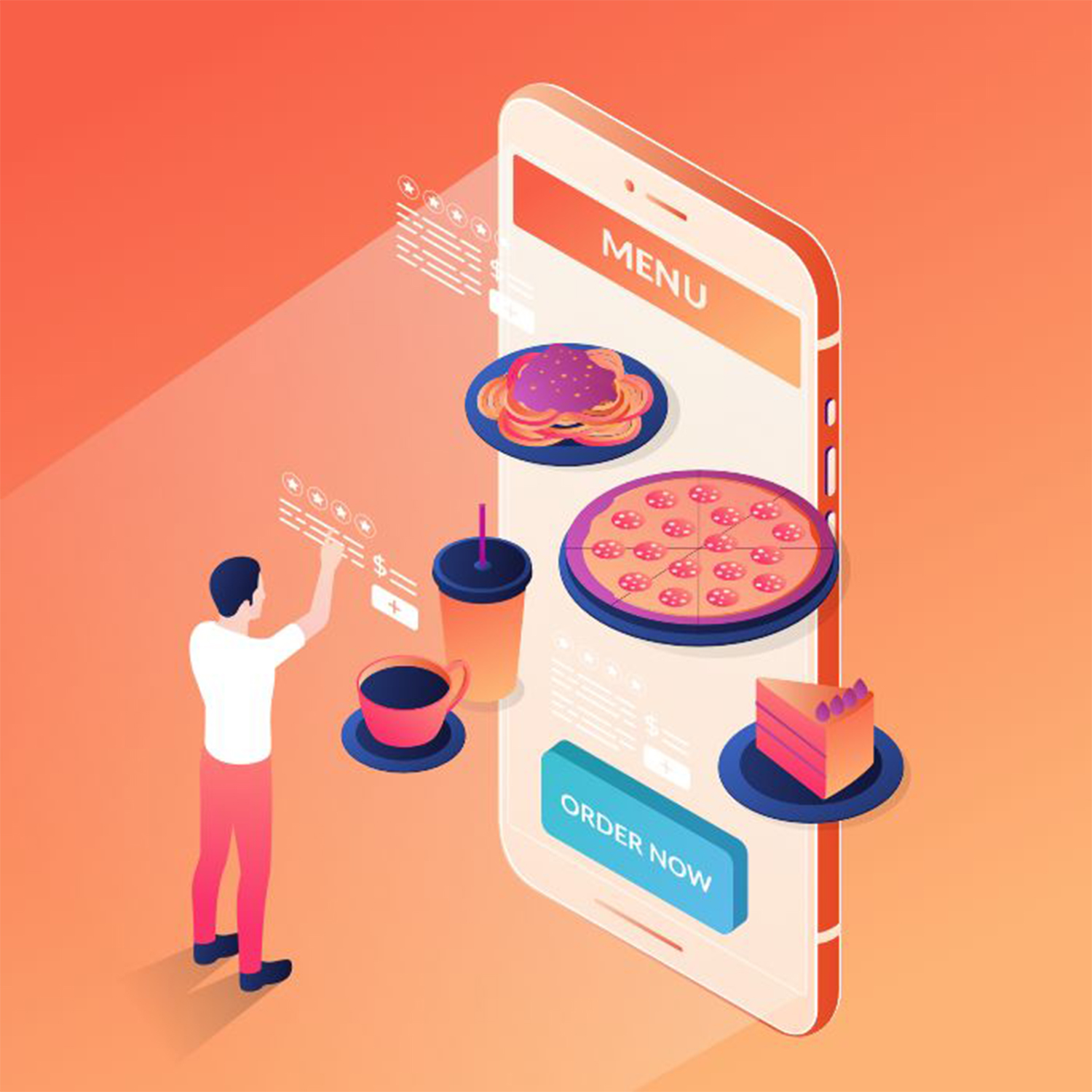In recent years, delivery apps have revolutionized the way we shop, transforming a once cumbersome experience into a seamless, instant, and highly personalized process. From groceries to fashion and everything in between, these apps have become integral to our daily lives. But how exactly are they changing the way we shop? Let’s dive in.
1. The Rise of Convenience
One of the most obvious impacts of delivery apps is the sheer convenience they offer. Gone are the days when shopping required a trek to the mall or grocery store, often leading to time-consuming and sometimes frustrating experiences. Now, a few taps on your smartphone can bring a wide range of products right to your doorstep.
Whether it’s ordering dinner from your favorite restaurant, picking up groceries for the week, or getting that new gadget you’ve been eyeing, delivery apps have made it easier than ever to get what you need without leaving your home. This shift has redefined convenience, allowing consumers to fit shopping into their busy schedules with minimal effort.
2. Personalized Shopping Experiences
Delivery apps aren’t just about convenience—they also offer a highly personalized shopping experience. Through sophisticated algorithms and data analysis, these apps can recommend products based on your past purchases, search history, and even your browsing habits.
For example, if you frequently order vegan products, your app might suggest new plant-based options or special offers tailored to your dietary preferences. This level of personalization helps consumers discover new products and brands that align with their tastes, making the shopping experience more relevant and engaging.
3. The Growth of Local and Small Businesses
While delivery apps are often associated with big-name retailers and restaurants, they also provide a valuable platform for local and small businesses. Many of these apps offer opportunities for smaller enterprises to reach a broader audience without the overhead costs of a physical store.
Local businesses can leverage delivery apps to compete with larger competitors by gaining visibility and access to new customer bases. This democratization of retail allows consumers to support their communities and discover unique, locally-sourced products that they might not find in mainstream stores.
4. Changing Consumer Behavior
The rise of delivery apps has also influenced consumer behavior. With the ease of ordering online, many people are shopping more frequently and impulsively. The convenience of one-click purchasing and instant delivery options encourages spontaneous buying and can lead to increased consumption.
Furthermore, the ability to track deliveries in real-time and receive instant updates has set new expectations for customer service and efficiency. Consumers now expect fast, reliable, and transparent delivery processes, which puts pressure on retailers to streamline their logistics and improve their services.
5. The Impact on Traditional Retail
Traditional retail has been significantly impacted by the rise of delivery apps. Brick-and-mortar stores are increasingly integrating online shopping options to keep up with changing consumer preferences. Many retailers now offer click-and-collect services, where customers can order online and pick up their items in-store, blending the convenience of delivery with the immediacy of in-person shopping.
Additionally, some retailers are using delivery apps to manage inventory and optimize their supply chains. By analyzing data from these platforms, stores can better predict demand, reduce waste, and enhance their overall efficiency.
6. Sustainability and Ethical Considerations
As delivery apps become more prevalent, issues of sustainability and ethical practices are coming under scrutiny. The environmental impact of increased packaging and the carbon footprint of frequent deliveries are significant concerns.
Many delivery apps are now exploring eco-friendly solutions, such as partnering with sustainable brands, offering carbon offset options, and implementing more efficient delivery routes. Consumers are also becoming more conscious of these issues, often choosing services that align with their values and support environmentally-friendly practices.
Conclusion
Delivery apps have undoubtedly transformed the shopping landscape, offering unprecedented convenience, personalization, and opportunities for both consumers and businesses. As technology continues to evolve, we can expect these apps to become even more integrated into our lives, shaping the future of retail in ways we are just beginning to understand.
For now, it’s clear that delivery apps have redefined the way we shop, making it more accessible and tailored to our individual needs while also presenting new challenges and opportunities for the retail industry. Whether you’re embracing this change or navigating its complexities, there’s no denying that delivery apps are at the forefront of a retail revolution.
SCS. We Dey For You
Book Our Services Here
